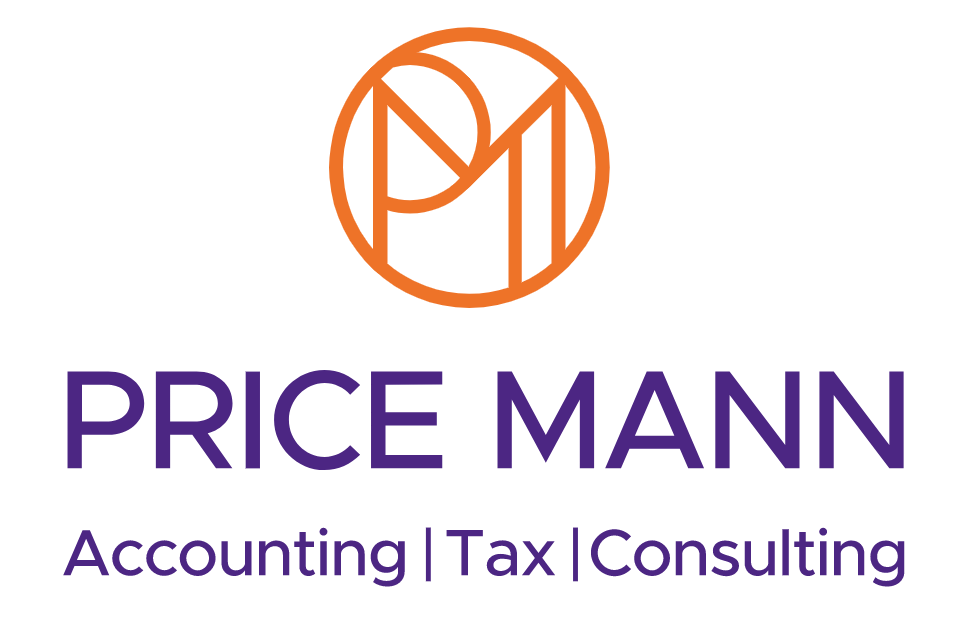Three-month extension for business rates holiday in England
The year-long business rates holiday in England has been extended for another three months, until the end of June 2021.
Eligible retail, hospitality and leisure businesses will then pay a third of their normal charge for the rest of the financial year.
A maximum discount of £2 million is available to non-essential retail firms that were forced to close on 5 January 2021 due to lockdown restrictions. Other eligible properties can get a discount of up to £105,000 per business.
The Treasury expects to see “the vast majority of eligible businesses receiving 75% relief” from business rates in 2021/22.
Helen Dickinson, chief executive at the British Retail Consortium, said: “The three-month extension will provide essential funding at this challenging time. Beyond this point, relief is capped at only £2m for closed businesses – a tiny fraction of their total liability. Without more funding, it is likely that many non-essential retailers will struggle under sluggish consumer demand and high COVID-19 costs.”
Meanwhile, a fundamental review into the business rates system in England – announced in Budget 2020 – is due to be published in the autumn.
Dickinson added: “The business rates system remains broken and it is vital that the ongoing business rates review delivers on its promise to reduce the burden on retail, which already results in store closures and job losses.”
New recovery loan scheme replaces previous COVID-19 loans
All UK businesses can access loans and other finance of up to £10 million each, following the end of COVID-19 loan schemes.
Both business interruption loans – for large firms and SMEs – and bounce-back loans officially closed on 31 March 2021.
Firms that received financial support from any of those schemes can apply for the recovery loan scheme from 6 April 2021.
UK businesses of any size can apply for a loan or overdraft of between £25,001 and £10m until the end of 2021, with interest and fees applying.
Invoice finance and asset finance worth between £1,000 and £10m per business is also available over the same period.
The Government hopes the scheme will help businesses recover and grow when lockdown restrictions begin to ease.
Suren Thiru, head of economics at the British Chambers of Commerce, said:
“Accessing finance remains crucial to the lifeblood of a business and so the announcement of a new loan scheme is welcome. The acid test for the new scheme will be whether it is able to support the recovery by getting credit flowing to the firms who most need it. The scheme must be right from day one to ensure that businesses and banks can use it to help SMEs return to growth.”
All but businesses deemed most high-risk are currently set to reopen on 17 May 2021.
Treasury issues guidance on the final two self-employed grants
More help for the self-employed has been announced, with the final two income support grants available until the end of September 2021.
The fourth taxable grant available through the self-employed income support scheme (SEISS) covers a three-month period from 1 February to 30 April 2021.
As with two of the previous SEISS grants, the fourth grant is worth 80% of three months’ average trading profits, paid out in a single instalment of up to £7,500. The fifth grant covers May to the end of September 2021, but the amount available depends on loss of income.
Workers whose turnover has fallen by at least 30% can still apply for a grant for up to 80% of profits, up to £7,500 in total. Those whose income has fallen by less than that can apply for a grant of 30% of trading profits, up to a cap of £2,850.
Claims for the fourth grant can be made towards the end of this month, while claims for the fifth grant will open in July.
Around 600,000 people missed out on previous grants because they had recently started working for themselves and had not filed a tax return to prove their income status. But those who filed a 2019/20 tax return through self-assessment on or before the extended deadline at midnight on 2 March 2021 will be eligible for the new grants.
Given the volume of people who stand to qualify, HMRC is writing to around 100,000 of those asking them to complete pre-verification checks in a bid to prevent fraud.
Taxpayers will receive a letter informing them to expect a phone call from HMRC in the next 10 working days, in which they will be asked to confirm their email address and agree to receive a secure Dropbox link. They then have two days to upload one form of identity and three months of bank statements to show their business activity before the link expires.
VAT-registration and deregistration thresholds frozen until 2024/25
The Treasury has frozen the UK’s VAT thresholds for a further two years in a bid to start repairing tattered public finances following COVID-19.
Businesses with annual taxable turnover of more than £85,000 have to register for UK VAT and file digital VAT returns through compatible software. This VAT-registration threshold for 2021/22 remains at £85,000 and will be maintained at this level for a further two years from 1 April 2022.
On this basis, the VAT-registration and the £83,000 deregistration threshold will remain unchanged until at least 31 March 2024.
Business groups loosely welcomed the move, while expressing concerns that it will stifle firms and not incentivise them to register for UK VAT. Mike Cherry, chairman at the Federation of Small Businesses, said: “Maintaining the £85,000 threshold for VAT registration is positive, however, it will not resolve the bunching issue where firms near that turnover level and stop growing. We hope policymakers will look again at the Office for Tax Simplification’s proposal for a smoothing mechanism.”
Meanwhile, the VAT discount for businesses providing goods and supplies in the tourism and hospitality sectors has been extended by six months. The temporary 5% rate was due to expire on 31 March 2021, but will now end on 30 September 2021. Beyond that, a new 12.5% rate of UK VAT will kick in to cover supplies made in these sectors between 1 October 2021 and 31 March 2022. This intermediate rate is to ease these businesses back to the application of the standard rate of UK VAT on their supplies.
Kate Nicholls, chief executive of UKHospitality, said: “An extension of the 5% VAT rate was absolutely crucial for hospitality businesses and will bring peace of mind to the sector over the next year. It is now vital the Government looks at introducing the interim rate for hospitality on a permanent basis to make us internationally competitive.”













